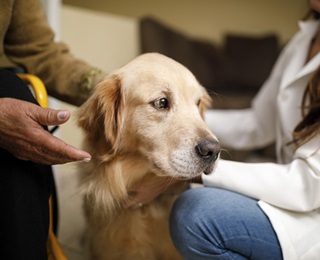-
Call Us
-
Baker City (541) 523-1001
-
Boise (208) 381-2222
-
Buhl (208) 814-1000
-
Caldwell (208) 381-2222
-
Eagle (208) 473-3000
-
Fruitland (208) 452-9000
-
Hailey/Ketchum (208) 727-8800
-
Jerome (208) 814-9500
-
McCall (208) 634-2221Nearest Location
-
Meridian (208) 706-5000
-
Mountain Home (208) 587-8401
-
Nampa (208) 381-2222
-
New Meadows (208) 634-2221
-
Ontario (208) 381-2222
-
Riggins (208) 634-2221
-
Sun Valley (208) 727-8800
-
Twin Falls (208) 814-1000
-
-
Health Services
-
Communities & Locations
Site Navigation
Supplemental
- About St. Luke’s
- Donate or Volunteer
- Blogs
- For Providers
- En Español
- Contact Us In McCall (208) 634-2221
Menu
-
Health Services
Health Services Menu
Medical Services
Specialties, Conditions, Procedures & Treatments
Search by keyword or browse our list of services.
Providers
Find a provider by specialty, location, or availability.
On-Demand Virtual Care
Available 7 a.m. to 10 p.m. Monday-Friday and 8 a.m. to 8 p.m. on weekends.
Research Studies & Clinical Trials
See current studies testing new drugs, devices, and equipment to find better ways to treat and help patients.
Health Information
Health Activities
Life Events
-
Communities & Locations
Communities & Locations Menu
Facilities
Emergency & Urgent Care
For life-threatening medical emergencies, call 911 without delay. For a mental health crisis, call or text 988 for free and confidential crisis support.
Clinics
Search by specialty and location.
Hospitals & Medical Centers
Receive the highest level of care from the region's leading providers.
Labs & Imaging Centers
Find a lab or imaging facility close to you.
Pharmacies
Search for a retail pharmacy in your area.
Infusion Centers
Find an outpatient infusion center.
Business Services
Visit us to pay bills, ask billing questions, or request billing records.
Nearest You
-
Resources For Patients & Visitors
Resources For Patients & Visitors Menu
After Your Visit
-
 MyChart
MyChart
-
Search
Search Menu
- Service Animals

St. Luke’s welcomes your service animal. We understand the important work that service animals perform for our patients and visitors.

What is a service animal?
A service animal is a dog or a miniature horse trained to do work or perform tasks for an individual with a disability.
- Service animals are not required to wear a vest, patch or any other kind of identification.
- St. Luke’s understands that patients and visitors may use service animals for disabilities that are not readily apparent. For example, a service animal might alert and protect a person who is having a seizure or calm a person with post-traumatic stress disorder (PTSD) during an anxiety attack.
Animals whose sole function is to provide comfort or emotional support do not qualify as service animals.

Where are service animals allowed?
Service animals are allowed to accompany people with disabilities in all areas where members of the public are allowed to go, including exam rooms, cafeterias and imaging rooms. Be aware that:
- Service animals are not allowed in areas where their presence may compromise sterile environments, such as burn units or operating rooms.
- Certain procedures may pose safety concerns for your service animal (e.g., hearing damage or radiation exposure). If you have questions about potential safety issues, please contact your care team for more information about procedures, so you can decide whether or not you want your service animal to accompany you.

What are my responsibilities for my service animal?
You must maintain control of your service animal at all times:
- Service animals must be harnessed, leashed or tethered UNLESS your disability prevents using these devices or these devices interfere with the service animal’s safe, effective performance of tasks. In that case, you must maintain control through voice, signal or other effective means (e.g., portable animal carrier or the assistance of a third party).
- If your service animal is ever out of control (such as wandering around the facility, barking, or growling at visitors or staff), and you do not take effective action to control it, you may be asked to remove your service animal from the premises.
- Service animals must be clean and housebroken. If your service animal has an accident, you are responsible for cleaning up after it, and you may be asked to remove your service animal from the premises.
Your Partner in Health.
People are at the heart of great health care. That's why we are committed to delivering compassionate, high-quality care tailored to the communities we serve.
Together with our community partners and patients, we're building a stronger, healthier future for all Idahoans.
